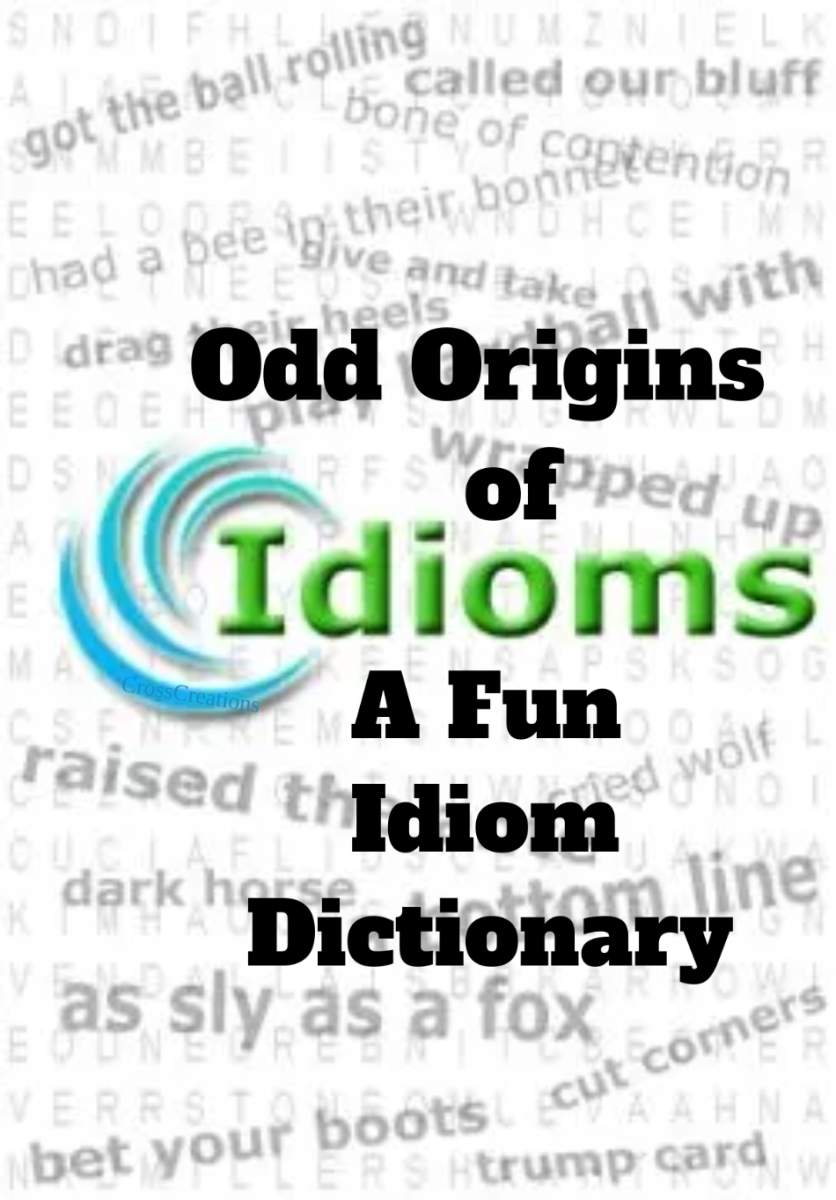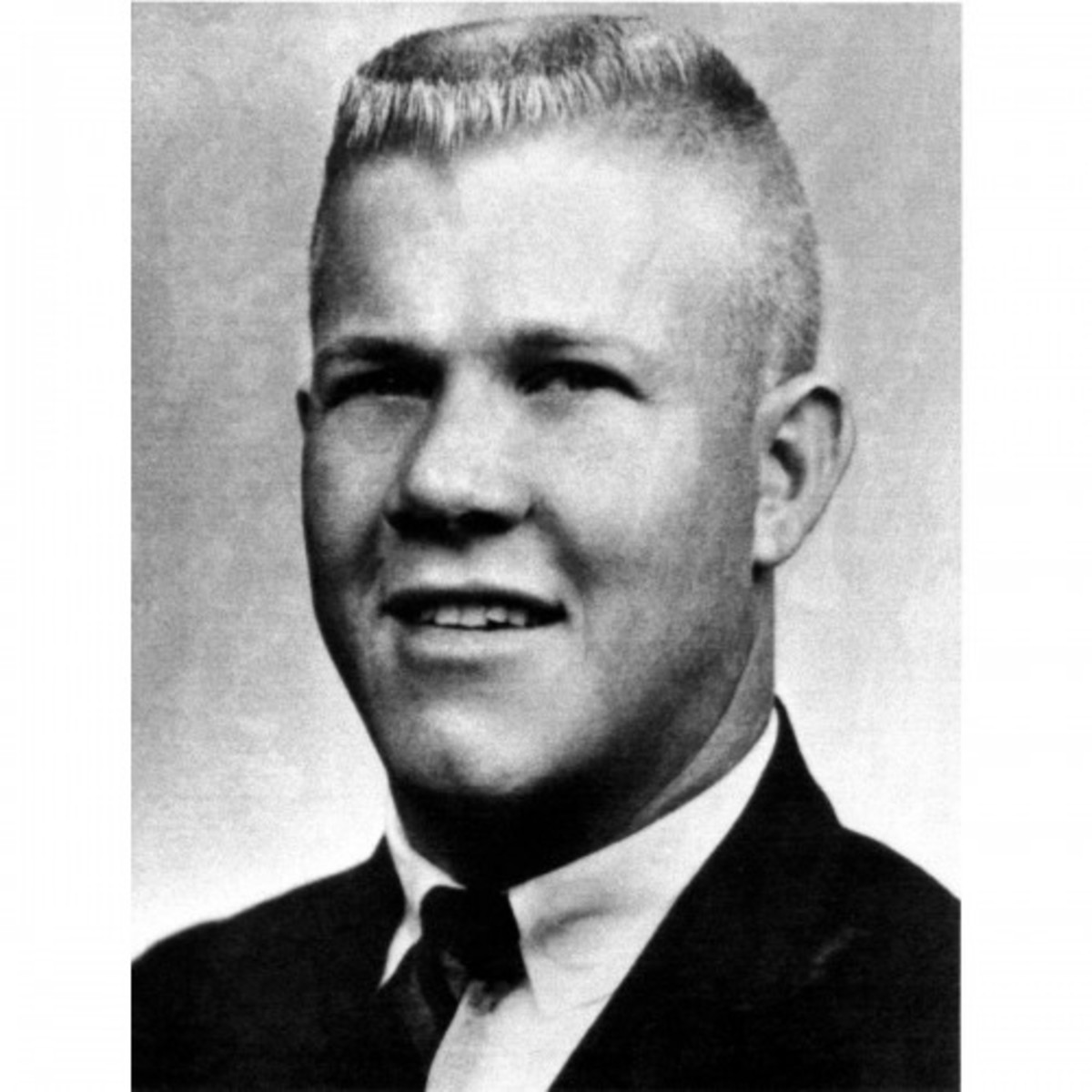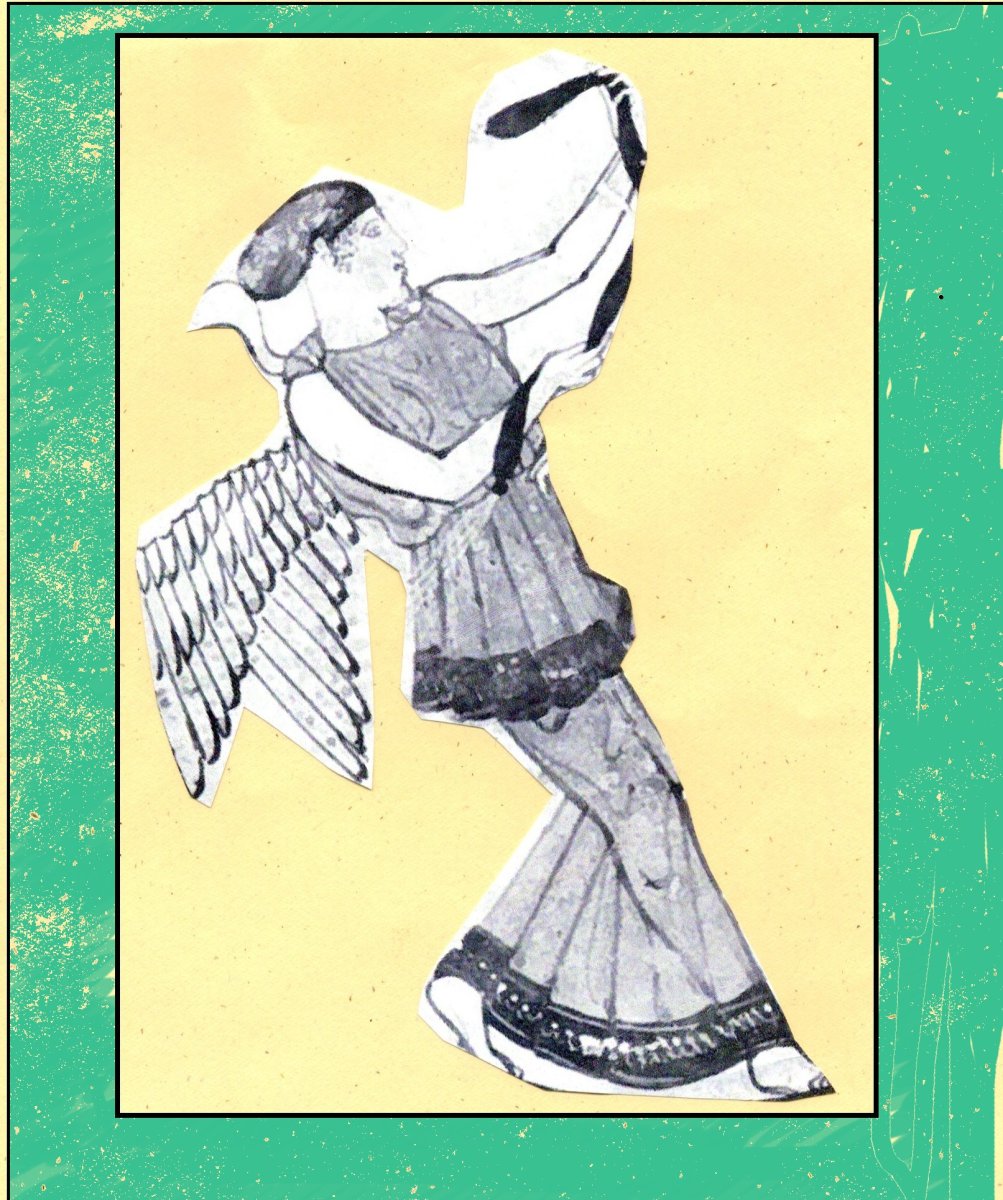Figurative Language in Poetry: an Introduction

Poetry is understood as one of the major literary genres: one that has a general agreement about it is and what it is not. Despite the seemingly endless manifestations poetry can express, it nevertheless has common bonds that make poetry a noticeably unique genre in comparison to prose or verse; the latter is more difficult to distinguish than the former. Such mutual aspects include concrete imagery, figurative language, symbolism, tropes, meter, rhythm, rhyme, and brevity. Of course these aspects are not all-inclusive. There are works of poetry that do not rhyme or make use of certain figures of speech, or tropes. These works often mark the beginning of a new artistic movement which invert traditional methods and standards of composition. Even so, despite some unresolved categorical definitions, most pieces of poetry and most literature scholars can easily distinguish poetry from other genres simply by the form or structure poetry appears in. Other aspects such as imagery, metaphor, rhyme, and rhythm are usually—yet not always—included and emphasized despite changes in the poems structure. Three poems written in three different eras—Shakespeare’s sonnet 29, Walt Whitman’s “When I Heard the Learn’d Astronomer,” and W.C. Williams’ “The Dance” can all be identified as poems through their structures and their employment of poetic techniques such as imagery, metaphor, rhyme, and rhythm.
Definitions
Structure, in its most general sense is synonymous with “form,” and it used to refer to the arrangement of material in a work (Murfin, Ray, pg. 462). In poetry, structure is divided into stanzas as opposed to acts in a play or chapters in a novel. Poets can use rhyme schemes and metrical patterns to help enhance the structure of their poem and establish the rhythm. Although rhyme can be omitted from poetry, rhythm is indispensable.
In the New Critical perspective, structure is distinguished from texture. Texture is the surface detail of the work, such as rhyme, meter, imagery, metaphor, and rhythm (Murfin, Ray, pg. 462). As Diane Thiel states in her book “Crossroads: Creative Writing Exercises in Four Genres” (2005), “What you say is important, of course, but how you say it often makes the difference (Thiel, pg. 30). What Thiel is emphasizing in this statement is the significance of figurative language in poetic expression. Imagery can be either figurative or literal language that a poet uses to convey an image. Sometimes poets use metaphor as a means to accomplish this aim by associating two distinct things. But ultimately, in combination, structure and texture are essential areas of focus in poetry for both readers and writers.
An Example from Shakespeare
Shakespeare’s sonnet 29 is an English sonnet—four quatrains with an alternating rhyme scheme, and with a concluding heroic couplet— written in iambic pentameter. This is the favored form of nearly all of Shakespeare’s poetry. Sonnet 29 is characterized by a deep sonorousness which is eventually triumphed by the narrator’s recollection of his love. The most notable images that express this movement are how the narrator views the heavens. In line 3, the narrator says, “And trouble deaf heaven with my bootless cries” (Thiel. pg. 311). By line 12, the narrator’s previous attitude is completed inverted when he or she says, “From sullen earth, sings hymns at heaven’s gate” (Thiel, pg. 311). These textual changed are also mirrored in the structure which emphasizes specific words such as the narrator’s “state” and the thematic contrast between “fate” and “hope.” Furthermore, the sounds of Shakespeare’s rhymed words also mimic a movement from low-to-high in regard to buccal cavity movements. Consider how he chose rhyming words that are pronounced towards the back of the mouth during the most sorrowful lines such “eyes,” “state,” “cries,” “possessed,” “scope,” “least,” and “despising” (Shakespeare, pg. 311) These words force readers to constantly frown during pronunciation and thus communicate the sadness of the poems content. Furthermore, Shakespeare’s simile in line 11 marks the change in the narrator’s mood and it reflects in the pronunciation of the words Shakespeare chose as rhymes. For example, “Arising,” “gate,” “brings,” and “kings” are all pronounced the high-frontal area of the mouth and thus stretch our lips into a smile (Shakespeare, pg. 311). When readers are forced to smile, Shakespeare once again successfully communicates the narrator’s change mood through the poems structure.
An Example from Whitman
Walt Whitman’s “When I Heard the Learn’d Astronomer” is an 8-line poem written in free verse. The general structure mimics the prosody of natural speech. Such a lack of nuanced meter is characteristic of most of Whitman’s poetry and it is mirrored in the imagery of “When I Heard the Learn’d Astronomer.” The poem begins with a parallel structure repeating “When” as each line’s initial word until line 4. During these lines, the narrator describes the nuances of how his astronomy lecturer would calculate and essentially codify the heavens for the class. The remaining lines take a drastic turn and the narrator describes his distaste for the lecture and the classroom, and instead goes outside to observe the stars himself. The drastic change characterizes a movement from abstract to sensory imagery. For example, in the lecture hall, the dominant nouns used were “proofs,” “figures,” “charts,” “diagrams,” and the verbs were “add,” “divide,” and “measure” in the mathematical connotations of words (Whitman, pg. 316). In the second half of the poem, Whitman used more empirical verbs such as “rising,” “gliding,” “looked,” the more concrete nouns such as “night-air” and “stars” (Whitman, pg. 316). Ultimately, Whitman’s entire poem could be an implied metaphor associating his poetic choice to stray from traditionally regulated meters with his narrator’s choice to stray from the abstractions of the astronomer in favor of observing the stars with his own eyes. This interpretation would effectively tie together Whitman’s poetic form and content.
An Example from W.C. Williams
W.C. Williams’ poem titled “The Dance” is a 12-line poem that starts off written in amphibrachic trimeter— a three-syllable foot that follows a stressed/unstressed/stressed pattern. It changes slightly towards the middle of the poem into dactylic meter and then alternates between these two patterns throughout. This structure allows the rhythm to move at a fast pace yet also vary from line-to-line. Furthermore, the swinging and “rollicking measures” that Williams created accurately mimics the dominant festive imagery of the poem. In addition, he emphasizes the idea and image of circularity in specific word choices such as “round,” “bellies,” “hips,” “rolling,” and “rollicking” which mimic the feel of the metrical pattern (Williams, pg. 319, 320). In other words, Williams’ swaying dancers accurately reflect his waltzing meter, of which swings from line-to-line though enjambments. This continuity and circularity of verse keeps the rhythm moving; it makes the lines seem as if they are “tipping their bellies (round as the thick-sided glasses)”into each successive line; such is an effect of enjambment. Ultimately, the structure and the texture of this poem both manage to capture and communicate motion to readers through not only the images of twirling dancers, round bellies, and beers, but also through Williams’ very effective and controlled meter that creates a waltzing effect.
What Does it All Mean, Anyway?
As diverse as it can manifest, poetry must be structural aware and it must communicate effectively though poetic language such as figures of speech. The examples above include three very different poets in regard to styles, influences, and eras of composition yet they nevertheless retain some common elements: imagery, meter, and metaphor for instance. If literary critics could agree on any uncompromising criteria for good poetry, the answer must be a work in which the poetic form accurately reflects the content and vice versa. Obviously this conclusion, however, would not and could never be settled on. Today, a more reasonable answer would be a good poem successfully communicates the significance of its content and form to the reader, of who can equally respond to the poem with modern relevance. Ultimately, however, any definitive conclusion about the importance of figurative language and metrical structures in poetry and its effects on readers could be deconstructed.








